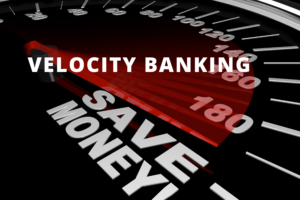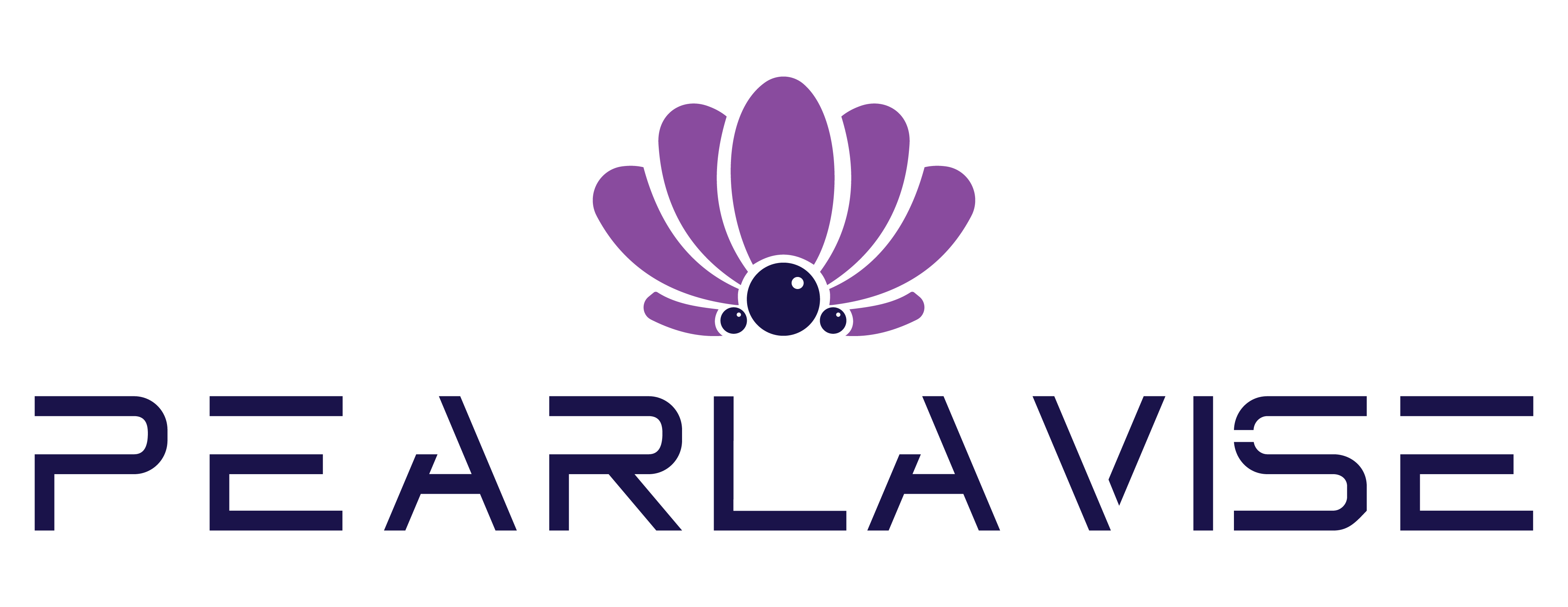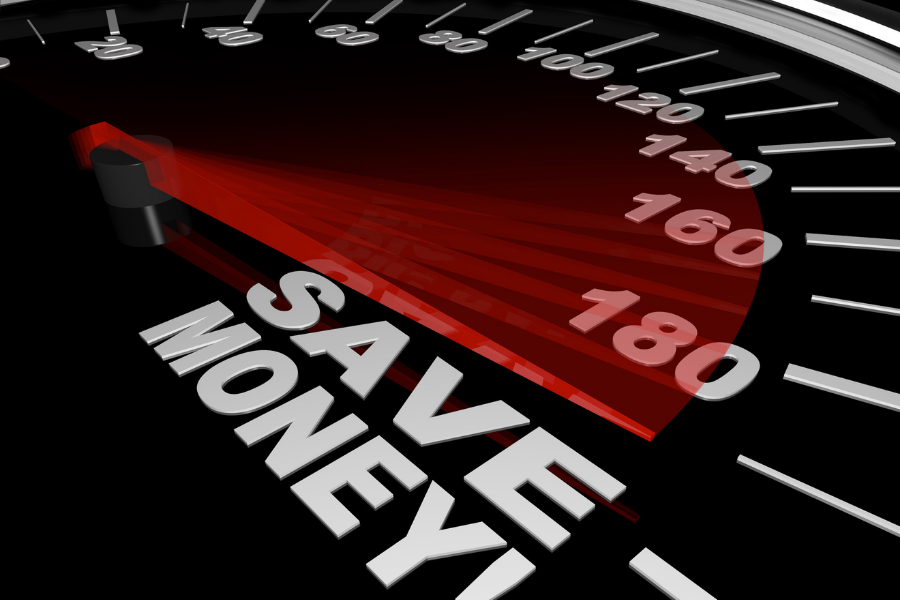This post is all about velocity banking basics. I had never heard of “Velocity Banking” and had no idea what it meant! My interest was piqued when I heard how you could use this concept to pay off debt faster! It is a concept utilized to pay off bad debt and save on interest. Leveraging! For example, if I want to pay off my home faster, in five years versus 15 years, I will save a lot in interest. Although I am excited about paying off my personal debt faster, implementing the velocity concept requires great discipline and understanding; otherwise, I could pay interest in both places. Therefore, defeating my purpose! As I matured, I learned how to do my research before implementing any concepts.
Even though I like this concept and have benefited from it, I do not recommend anyone use it, especially if you have no idea what it means, without educating and researching it before you apply it. It does require discipline!

It took me almost a year to apply this concept and reduce some of my personal finance. Using this concept, I managed to pay off $30,000 of debt within two years. These are some of the things I needed to know about how to use velocity banking,
Do the pre-game work by preparing yourself! Let’s begin here! There are some fundamentals that you should know before you implement velocity banking. These are things I did before I started velocity banking, and these are some of the things I will advise you to do first. Start with a good foundation.
This post is about how to do velocity banking and understand the basics before implementing this concept.
Begin the With Basic steps
- Track your income for 90 days. See how you are spending your hard-earned money. Review your bank account and credit card statements. Are you spending wisely? Are there some non-essential items that you can do without?
- Look at all your expenses. Go a step further, write down and add up all your expenses. Track every penny for 90 days. After you have tracked all your expenses, determine what you can get rid of. What expenses are essential to your daily living and what are not?
- Examine all your debt. Account for all your debts regardless of how small or large they are! When you eliminate debt, you begin to increase your cash flow.
- Cashflow! After you have paid all your expenses (rent, electricity, gas, etc.) it is money left over that does not have a purpose at the moment. This is money that does not go anywhere! To start velocity banking, you must have a cash flow of at least $500 or more.
- Get copies of your credit report from the three bureaus. You are allowed a free credit report annually. Know your credit score.
Terminologies You Should Understand or Become Familiar With, Should You Decide to Use Velocity Banking
- Velocity Banking: This is a method to pay off debts faster, increase cash flow, and save money on interest. A strategy where you use a line of credit as your primary account and use lump sums to pay off a loan, usually a mortgage.
- The four (4) Major Numbers: Consist of income, expenses, debts, & cash flow. One must know and understand that these four significant numbers are crucial to implementing velocity banking. If you are interested in understanding your four numbers, I highly recommend using and downloading (located under “resources”) this form created by Denzel Rodriguez, Finance Geek.
- Leveraging: This is when one uses the bank’s money to pay off bad debt. Who is leveraging your money all the time? The Banks! You will leverage the bank’s capital through this (velocity banking) concept.
- Chunking: Is making a lump sum payment towards your payment. Make extra payments using one of the debt tools listed below. You also need to understand the chunking rule.
- Chunking Rule: This is when you only use 66% of your debt tool to make a lump sum payment. You can also determine your chunking amount by multiplying your cash flow by 12 months.
- Rinse & Repeat: A continual repetition of an action or event. For example, you work 80 hours for two weeks, and you get a check every two weeks for service rendered from your employer.
- Simple Interest: The borrower only pays interest on the principal amount; it does not compound.
- Credit Score: A three-digit numerical number is used to determine an individual’s creditworthiness. The highest score one can get is 850, classified as excellent credit. Before applying this concept, you need to review and clean up your personal credit. Your credit score should be in the 700 range.
Watch this YouTube video (Preparing Yourself by Denzel R) to understand what is said about velocity banking.
Six (6) Musts For Velocity Banking
- Must be appropriately implemented; requires good self-discipline
- Must know your four (4) numbers
- Must have the cashflow to do velocity banking
- Must understand fundamentals
- Must run the numbers on a consistent monthly basis
- Must understand the debt tools used for velocity banking
The Types of Debt Tools Used to Do Velocity Banking
Because one needs at least one of these tools to do velocity banking, it is extremely important that you have a very good credit score and understand the six credit categories that make up your score. Simple interest is calculated on these tools. Check out this three-minute video about credit cards and learn about interest rates, fees, & reward points.
- Credit Card (CC)
- Personal Line of Credit (PLOC)/ Business Line of Credit (BLOC)
- Home Equity Line of Credit (HELOC), (First or Second position)
- All In One (AIO) Loan
As I become a wise and savvy financial manager of my own personal finances, I hope it will help your personal finances. Before you do velocity banking, do the pre-game work. Positioning yourself will keep your mistakes at a minimum. To understand velocity even more, check out this post written by Wealth Nation.
This post is all about velocity banking basics, the right way! Start on a solid foundation and continue to prosper.
Please share if you know someone else who could benefit from the post.
Other Post(s) and Resource(s) You May Like:
PERSONAL FINANCE| SIX (6) CATEGORIES YOU MUST UNDERSTAND TO BUILD A BETTER CREDIT SCORE


Recent Comments